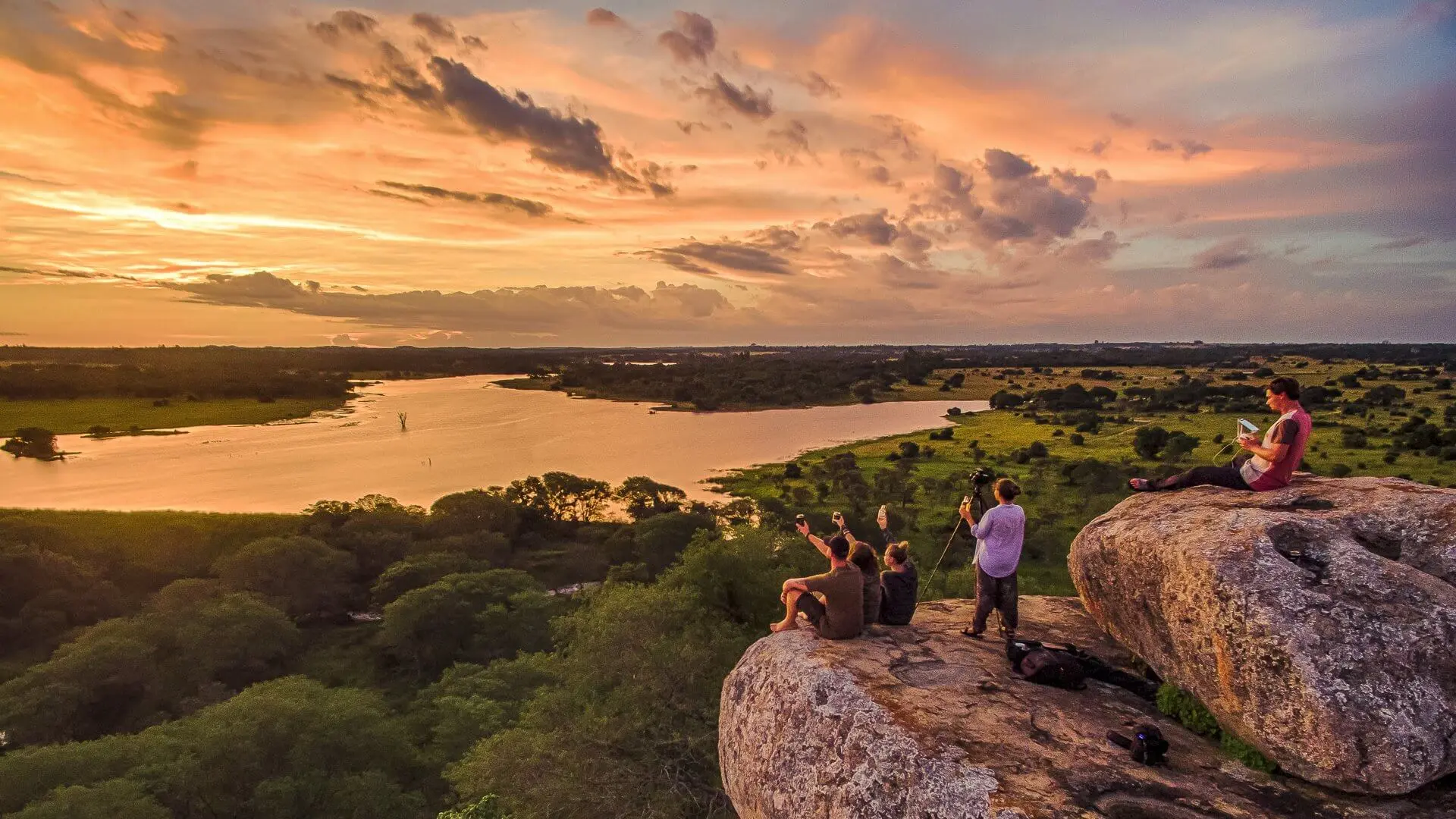Jurre decided to intern with us on our Predator Research Internship in the Greater Kruger Area as part of his gap year. He found himself in an ideal situation as a researcher researching two newly-reintroduced Cheetahs on a reserve in which African Impact works.
Having just finished high school, I wasn’t sure what I wanted to study in higher education so I decided to take a gap year to figure that out and have spent three months here as part of that. One of my biggest passions has always been Africa and I have always wanted to do some kind of volunteering. However, I was afraid that, especially when it comes to volunteering in research that I wouldn’t be able to go into much depth with the research I would be doing. I needn’t have worried with this internship though. It has been the perfect solution for me as not only am I doing the same activities as all the other volunteers but I also get to do my own research in addition to those activities. The internship program I am following focuses on big predators which is incredibly interesting and I have decided to focus on cheetahs for my individual project, collecting data on the two cheetahs that reside in Rietspruit, one of the reserves that African Impact does research drives in. With both cheetahs having only been reintroduced into the area this year there is still a lot of data that can be collected on the pair.
Large predator reintroduction is a common tactic used to return these animals to their historic range. The problem is that the success rates of these reintroductions are very low, mainly because of lack in research done on how different factors influence the reintroduction.
This makes it really interesting because you are not only researching something that is not well understood but my research can possibly help other researchers in the future. Both cheetahs are wearing a GPS-collar from which I can download a lot of information including where the cheetah has been, what the weather was like and how far the cheetah travelled. Having organized and categorized this information, I have been able to create some very interesting graphs showing whether the cheetahs movement is affected by temperature, rainfall, and how much of the reserve the cheetah is actually using.
One of the cheetahs that Jurre studiedNot only is this fascinating, it will also be useful for the landowners and managers of Rietspruit. Even though it is quite difficult since I’ve never done any research like this, I really enjoy all the challenges and problems I have had to face and solve. The support I have also received from everyone around me has been amazing.
The end-product of my three months here will be a scientific report and a presentation in which I can show everybody what I have been doing. The report will be sent to Rietspruit. This report is really important because it is the first report I have ever written and I believe that this report will be something amazing to come home with. I can’t wait to show my friends and family what I’ve done here and I’m really going to enjoy my last couple of weeks. This Wildlife Conservation Internship has given me such a fantastic opportunity to see what is possible in research and to help me decide if I would like to study wildlife conservation in the future.
